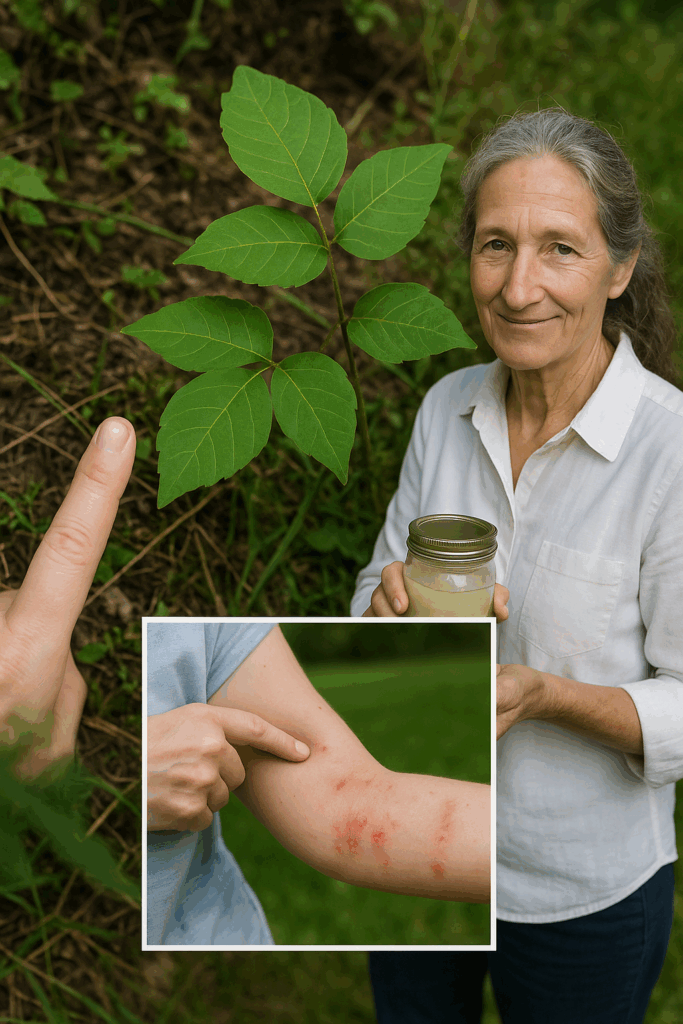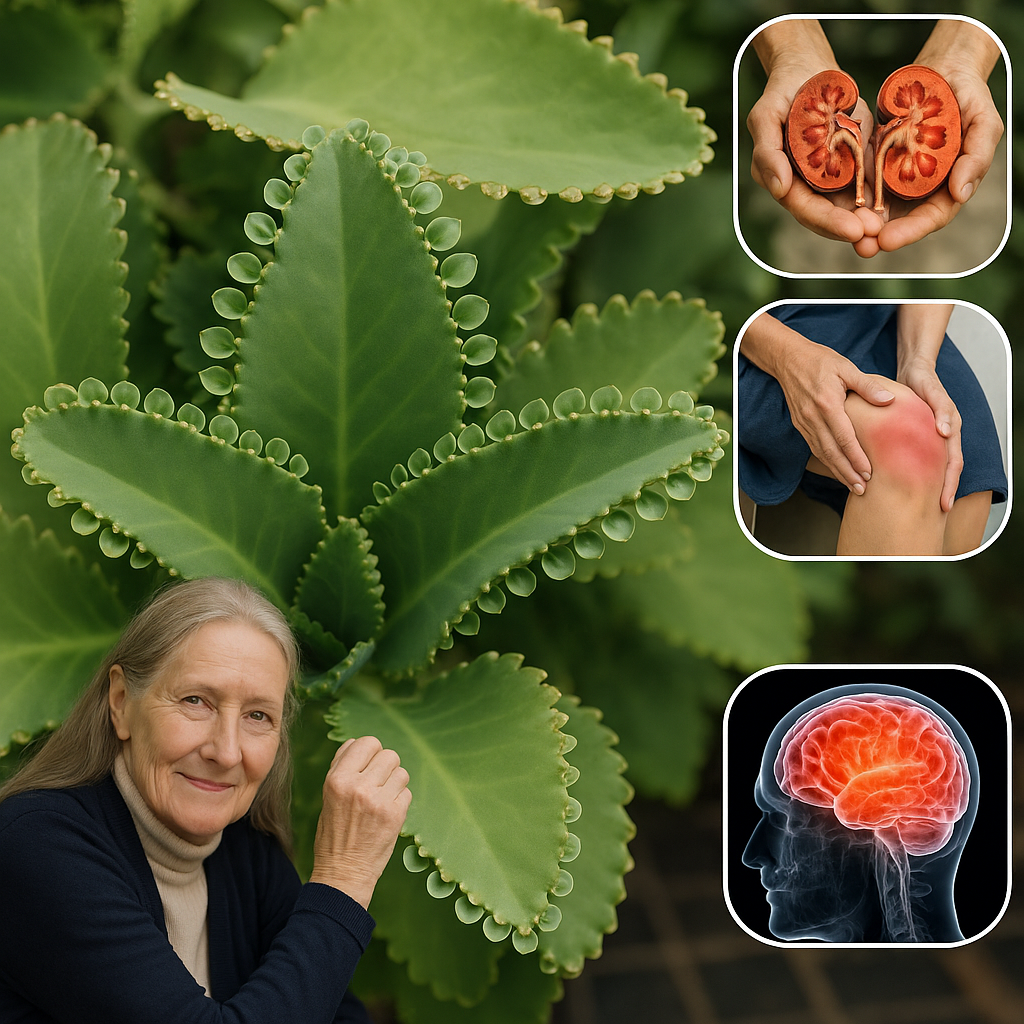If you’ve ever ventured outdoors and heard the dreaded term “poison ivy,” it’s likely you’ve encountered some alarming stories about itching, blisters, and painful rashes. But what exactly is poison ivy, and why is it so dangerous? How can you protect yourself, especially if you’ve never encountered it before? This guide will walk you through the essentials of Eastern Poison Ivy (Toxicodendron radicans), the most common type in North America, and provide helpful tips to avoid the discomfort it brings.

🌱 What Is Eastern Poison Ivy?
Eastern Poison Ivy is a hardy and fast-growing plant that’s native to eastern North America. You’ll find it thriving in woodlands, fields, gardens, city parks, roadsides, and even backyards. It’s responsible for most poison ivy rashes in the United States and can grow as both a ground cover or a climbing vine, wrapping itself around trees, fences, and walls using its small, hairy rootlets.
⚠️ Why Is It Dangerous?
The danger of poison ivy lies in an oil called urushiol (pronounced you-ROO-shee-ol), which is found in all parts of the plant: the leaves, stems, roots, and even the berries. This oil is highly irritating to the skin, and even a small amount can trigger an allergic reaction, leading to:
- Redness
- Itching
- Swelling
- Blisters
In some cases, people can even develop a rash from contact with clothing, tools, or pet fur that has touched the plant. Burning poison ivy is particularly dangerous because the smoke contains urushiol, which can be inhaled, causing severe respiratory problems.
🧐 How to Identify Eastern Poison Ivy
It’s important to recognize poison ivy to avoid coming into contact with it. Here’s a classic saying that can help:
“Leaves of three, let it be.”
This means that poison ivy plants typically have three leaflets per group. The leaves can be:
- Smooth or slightly toothed, sometimes lobed (resembling a mitten shape)
- The middle leaflet has a longer stalk than the two side leaves
- Color: Bright green in spring and summer, turning reddish in the fall
- Shiny or oily appearance, especially after rainfall or when the plant is young
Growth Style
- Ground cover: It often grows as a low bushy plant.
- Vine: It can also climb trees or fences, looking hairy because of its rootlets.
- Shrub: Sometimes, it grows like a small shrub in open areas.
🚶♂️ Where You’ll Commonly Find It
Eastern Poison Ivy thrives in:
- Wooded trails
- Forest edges
- Gardens or yards, especially near fences or shady spots
- Vacant lots or disturbed land
- City parks, suburban areas, or places where birds drop seeds
Its ability to grow in both sun and shade makes it prevalent in rural and urban environments.
🛑 What to Do If You Touch Poison Ivy
If you’ve been exposed to poison ivy, act quickly to minimize the effects:
- Wash immediately
Use cold water and soap (preferably dish soap or a degreasing soap). Avoid using hot water at first, as it opens your pores and can allow urushiol to penetrate deeper. - Remove contaminated clothing
Carefully take off any clothing that might have touched poison ivy. Wash the clothing separately in hot water with detergent. - Apply treatment if rash develops
Use over-the-counter remedies such as hydrocortisone cream, calamine lotion, or antihistamines for itch relief. Cool compresses or oatmeal baths can also help soothe irritated skin.
Seek medical help if the rash affects sensitive areas like your face or genitals, if you experience swelling in the eyes or throat, or if the rash is spreading rapidly or infected.
🚶♀️ How to Avoid It (Especially for Beginners)
To keep yourself safe from poison ivy, follow these simple precautions:
- Dress for protection: Wear long pants, long sleeves, and gloves when working outdoors or hiking. High boots are also helpful in wooded areas.
- Use barrier creams: Some products are designed to block urushiol. Apply them before going outside.
- Wash your pets: Dogs can carry urushiol on their fur, even if they don’t develop rashes themselves.
- Clean your gear: Wash gardening tools, hiking sticks, and shoes that may have been in contact with poison ivy.
- Stay alert: If you see a vine climbing a tree or fence with hairy roots or notice clusters of three leaves, stay away.

🌱 Removing Poison Ivy from Your Yard
If poison ivy has made its way into your yard, it’s essential to remove it carefully:
- Never pull it by hand—use gloves and long sleeves, and avoid breaking the plant if possible.
- Dispose of the plant in sealed bags—do not burn it.
- Herbicides can be effective but may require multiple applications.
- If the infestation is large or near areas where children and pets play, consider hiring professionals for safe removal.
⚠️ Key Takeaways
While poison ivy may appear harmless at first glance, contact with it can lead to days or weeks of discomfort. If you live in North America, you will likely encounter it at some point, but with knowledge and caution, you can minimize your risks. Here’s a quick reminder:
Leaves of three, let it be. Stay safe and avoid the itch!
Be informed, be prepared, and enjoy the outdoors without worry.


